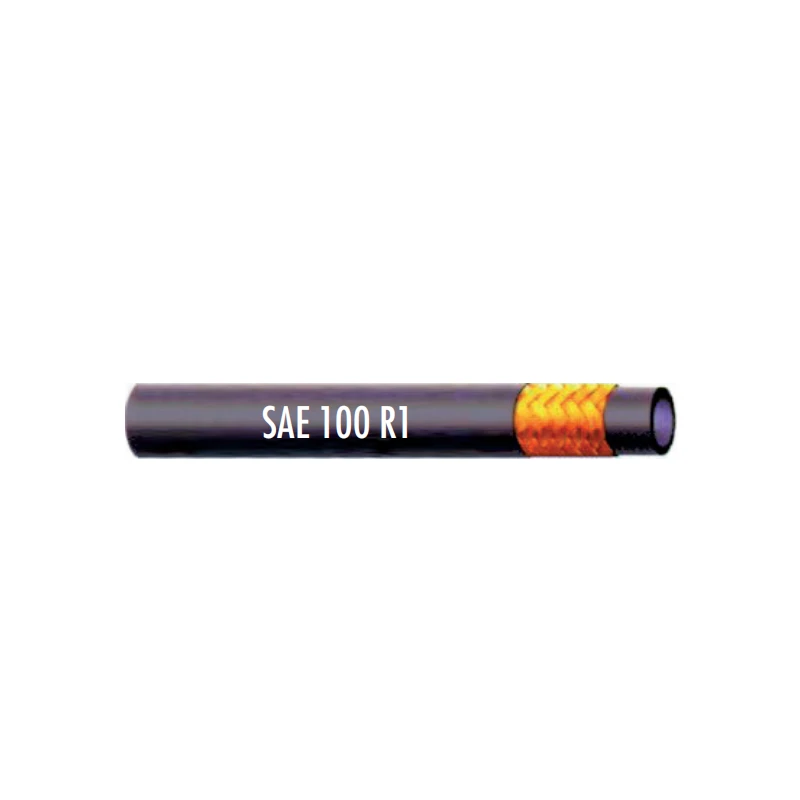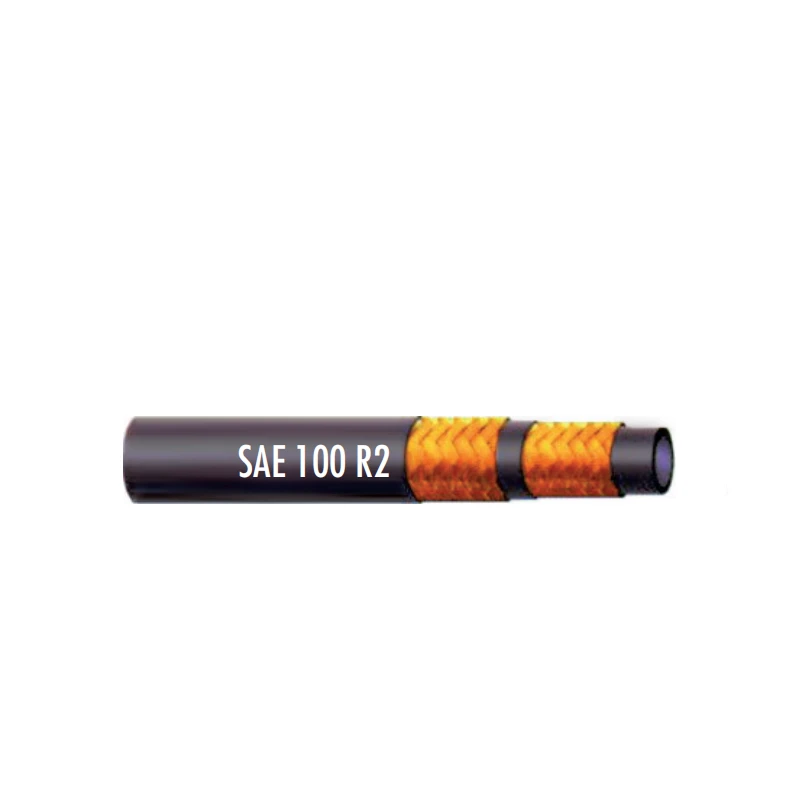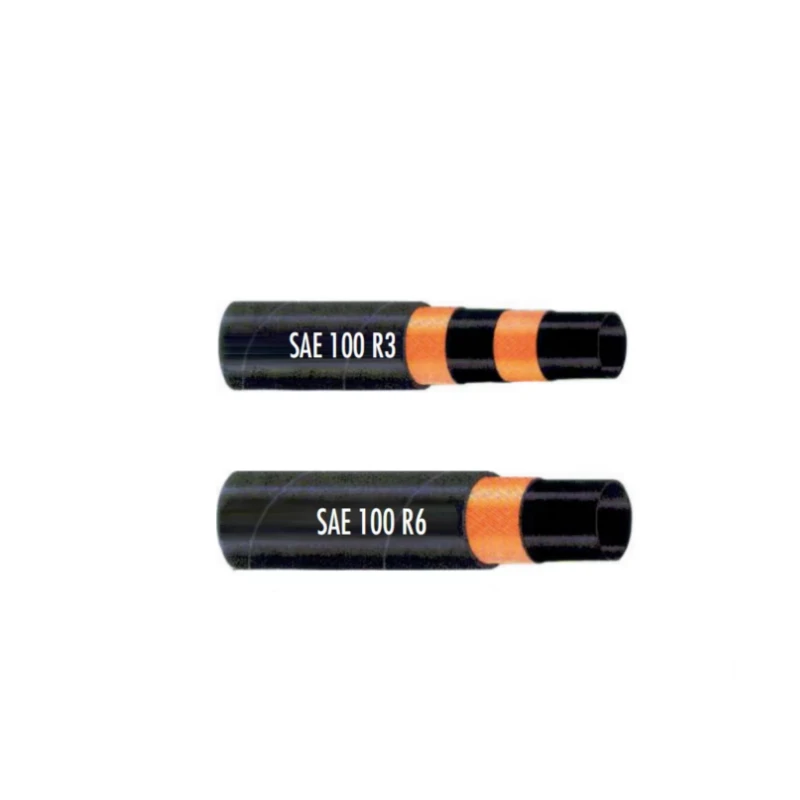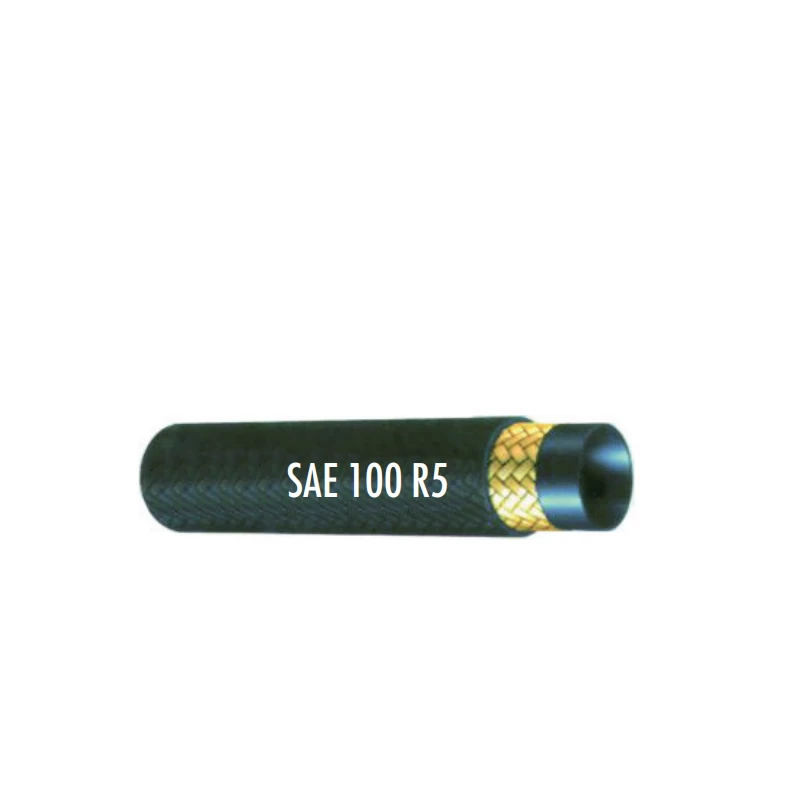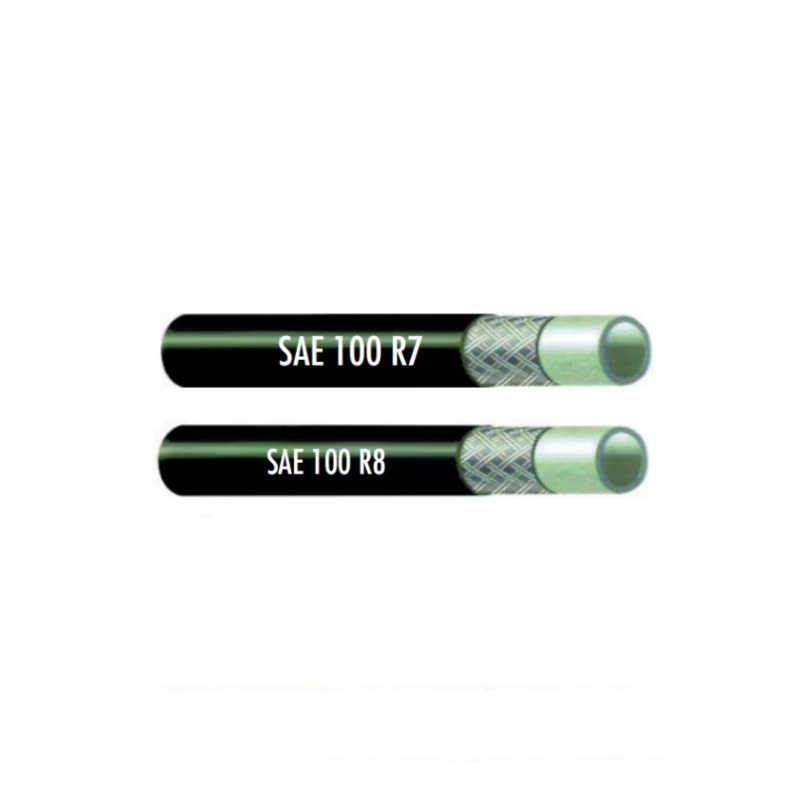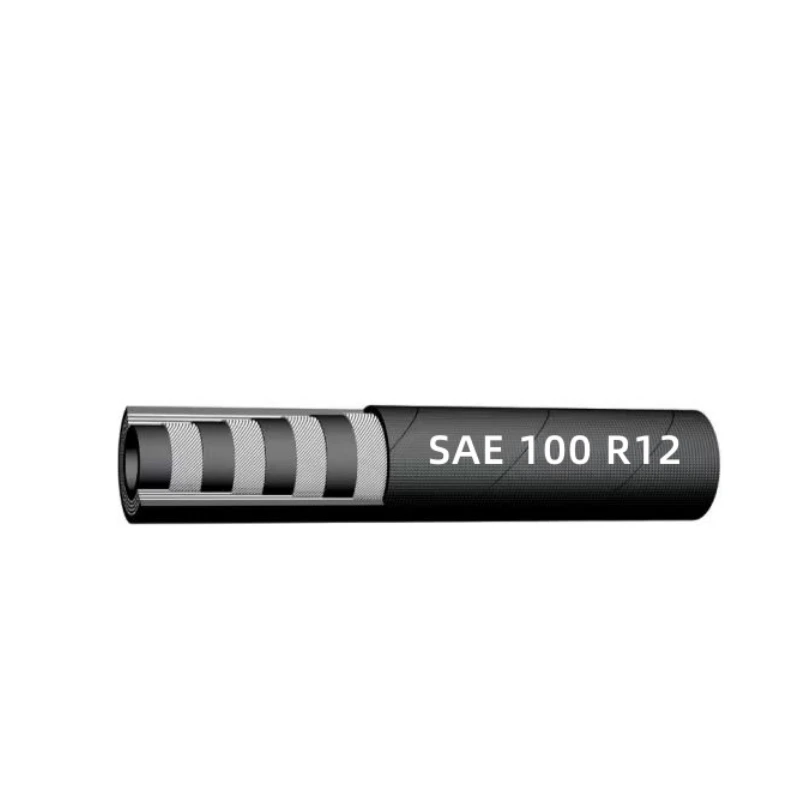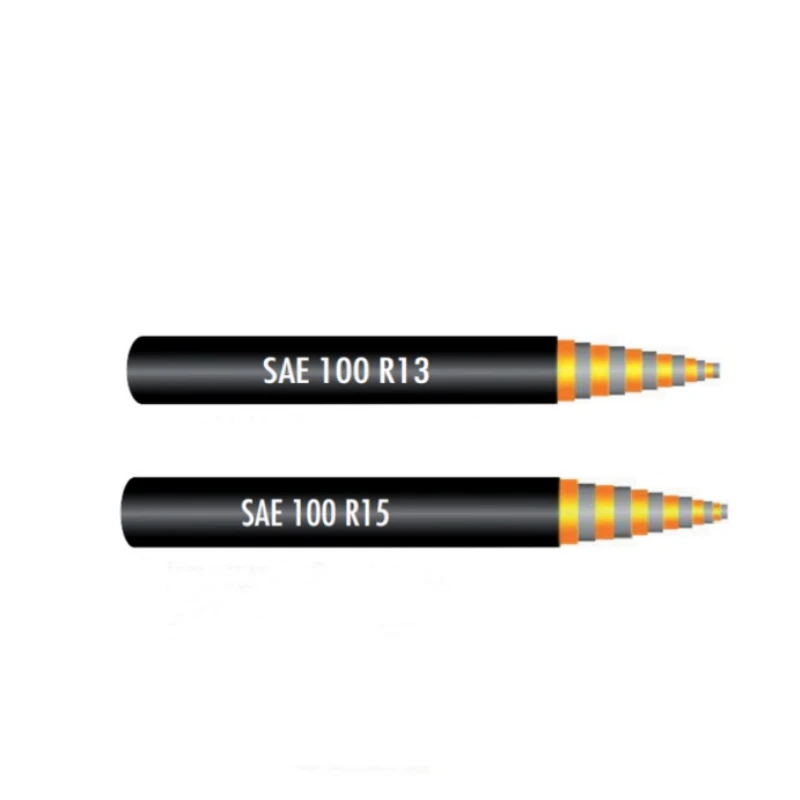
- Afrikaans
- Albanian
- Amharic
- Arabic
- Armenian
- Azerbaijani
- Basque
- Belarusian
- Bengali
- Bosnian
- Bulgarian
- Catalan
- Cebuano
- Corsican
- Croatian
- Czech
- Danish
- Dutch
- English
- Esperanto
- Estonian
- Finnish
- French
- Frisian
- Galician
- Georgian
- German
- Greek
- Gujarati
- haitian_creole
- hausa
- hawaiian
- Hebrew
- Hindi
- Miao
- Hungarian
- Icelandic
- igbo
- Indonesian
- irish
- Italian
- Japanese
- Javanese
- Kannada
- kazakh
- Khmer
- Rwandese
- Korean
- Kurdish
- Kyrgyz
- Lao
- Latin
- Latvian
- Lithuanian
- Luxembourgish
- Macedonian
- Malgashi
- Malay
- Malayalam
- Maltese
- Maori
- Marathi
- Mongolian
- Myanmar
- Nepali
- Norwegian
- Norwegian
- Occitan
- Pashto
- Persian
- Polish
- Portuguese
- Punjabi
- Romanian
- Russian
- Samoan
- scottish-gaelic
- Serbian
- Sesotho
- Shona
- Sindhi
- Sinhala
- Slovak
- Slovenian
- Somali
- Spanish
- Sundanese
- Swahili
- Swedish
- Tagalog
- Tajik
- Tamil
- Tatar
- Telugu
- Thai
- Turkish
- Turkmen
- Ukrainian
- Urdu
- Uighur
- Uzbek
- Vietnamese
- Welsh
- Bantu
- Yiddish
- Yoruba
- Zulu

Aug . 18, 2025 11:24 Back to list
Benefits of Using Automotive Silicone Hoses
In the intricate world of automotive engineering, the choice of components can significantly impact a vehicle's performance, reliability, and longevity. Automotive silicone hoses have emerged as a preferred option for many car enthusiasts, mechanics, and manufacturers due to their exceptional properties. Whether it's the silicone coolant hoses that keep the engine's temperature in check or other silicone hose applications throughout the vehicle, these hoses offer a multitude of advantages over traditional rubber hoses. From withstanding extreme conditions to enhancing overall vehicle efficiency, understanding the benefits of using automotive silicone hoses is crucial for anyone looking to optimize their automotive experience. This article delves into the key advantages that make automotive silicone hoses a valuable asset in the automotive industry.
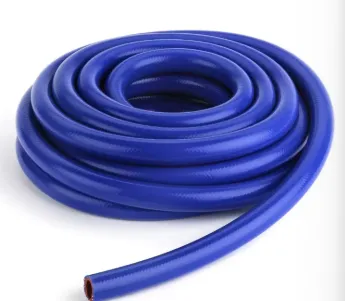
Superior Temperature Resistance of Automotive Silicone Hoses
One of the most notable benefits of automotive silicone hoses is their outstanding temperature resistance. Unlike traditional rubber hoses that can degrade, crack, or become brittle when exposed to high or low temperatures, automotive silicone hoses maintain their integrity across a wide temperature range. They can withstand extremely high temperatures, often up to 300°C (572°F) continuously, and even higher temperatures for short periods. This makes them ideal for applications such as silicone coolant hoses, where they need to endure the intense heat generated by the engine.
In cold environments, automotive silicone hoses also remain flexible, preventing issues like cracking that are common in rubber hoses. This temperature resilience ensures consistent performance of the vehicle's systems, reducing the risk of breakdowns caused by hose failure due to temperature fluctuations. Whether in a high - performance sports car with a hot - running engine or a vehicle operating in frigid climates, automotive silicone hoses provide reliable service, making them a reliable choice for various automotive applications.
Excellent Chemical Resistance of Automotive Silicone Hoses
Automotive silicone hoses exhibit remarkable chemical resistance, which is essential in an automotive environment filled with various fluids, including coolant, fuel, oil, and additives. They are highly resistant to the corrosive effects of these substances, ensuring that the hoses do not swell, harden, or deteriorate over time. For example, silicone coolant hoses come into constant contact with engine coolant, which may contain chemicals to prevent freezing and corrosion. The chemical resistance of automotive silicone hoses protects them from damage caused by these coolant additives, maintaining the integrity of the hose and the efficiency of the cooling system.
This resistance also extends to exposure to fuels and oils. In fuel systems, automotive silicone hoses can withstand the volatile nature of gasoline and diesel, reducing the risk of fuel leaks and potential safety hazards. Their ability to resist chemical degradation means longer service life and fewer replacements, ultimately saving vehicle owners time and money on maintenance.
Enhanced Durability and Longevity of Automotive Silicone Hoses
The construction and material properties of automotive silicone hoses contribute to their enhanced durability and longevity. Silicone hose is made from high - quality silicone polymers that are inherently more robust than traditional rubber materials. These hoses are resistant to abrasion, ozone, and UV radiation, all of which can cause premature wear and tear in ordinary hoses.
The reinforcement layers in automotive silicone hoses, often made of braided fibers or metal wires, add strength and improve pressure - handling capabilities. This combination of materials and design allows automotive silicone hoses to endure the constant vibrations, pressure changes, and mechanical stress within a vehicle's systems. Silicone coolant hoses, for instance, can withstand the pulsating pressure from the water pump and the constant movement of the engine without developing leaks or weakening. Their long - lasting nature makes automotive silicone hoses a cost - effective investment, as they reduce the frequency of replacements compared to less durable hoses.
Improved Performance and Efficiency with Silicone Coolant Hoses
Using automotive silicone hoses can lead to improved vehicle performance and efficiency. Their smooth inner surface reduces fluid resistance, allowing for better flow rates of coolant, fuel, or other fluids. In the case of silicone coolant hoses, this means more efficient heat transfer, helping to keep the engine at an optimal operating temperature. This, in turn, can enhance engine performance, reduce fuel consumption, and lower emissions.
The flexibility of automotive silicone hoses also enables easier installation and routing within the vehicle's tight spaces. They can be bent and shaped without kinking, ensuring proper fitment and minimizing the risk of restrictions in fluid flow. Additionally, their resistance to collapse under vacuum conditions, which is common in some automotive systems, further contributes to the overall efficiency of the vehicle's operations.
About Benefits of Using Automotive Silicone Hoses FAQS
How do automotive silicone hoses improve the lifespan of a vehicle's cooling system?
Automotive silicone hoses, especially silicone coolant hoses, improve the lifespan of a vehicle's cooling system in several ways. Their superior temperature resistance allows them to endure the high heat generated by the engine without degrading, preventing cracks and leaks that could lead to coolant loss. The excellent chemical resistance of automotive silicone hoses protects them from the corrosive effects of coolant additives, ensuring the hose remains intact over time. Additionally, their enhanced durability and resistance to abrasion and mechanical stress mean they can withstand the constant movement and vibrations within the engine bay, reducing the likelihood of failure and extending the overall lifespan of the cooling system.
Are automotive silicone hoses more expensive than traditional rubber hoses?
Yes, automotive silicone hoses are generally more expensive than traditional rubber hoses. The higher cost is due to the use of advanced materials and manufacturing processes. Silicone polymers and the reinforcement layers used in automotive silicone hoses are more costly than those in rubber hoses. However, despite the higher upfront cost, automotive silicone hoses offer significant long - term savings. Their longer lifespan, reduced maintenance requirements, and improved performance mean fewer replacements and lower overall costs over the vehicle's lifetime compared to traditional rubber hoses.
Can silicone coolant hoses help in reducing engine overheating?
Yes, silicone coolant hoses can help reduce engine overheating. Their excellent temperature resistance ensures they can operate efficiently in high - heat conditions without degrading or losing their structural integrity. The smooth inner surface of silicone coolant hoses allows for better coolant flow, facilitating more effective heat transfer from the engine to the radiator. This efficient coolant circulation helps maintain the engine at an optimal temperature, preventing overheating. Additionally, their durability and resistance to pressure changes ensure that the coolant system remains intact, reducing the risk of coolant leaks that could lead to overheating.
What makes automotive silicone hoses suitable for high - performance vehicles?
Automotive silicone hoses are suitable for high - performance vehicles due to several key properties. Their high - temperature resistance allows them to withstand the intense heat generated by high - performance engines, which often run hotter than standard engines. The excellent chemical resistance protects them from the aggressive fuels and additives used in high - performance applications. Their enhanced durability and ability to handle high pressures and vibrations are crucial in vehicles with powerful engines and high - speed capabilities. Moreover, the improved flow characteristics of automotive silicone hoses contribute to better engine performance, making them an ideal choice for high - performance cars where reliability and efficiency are paramount.
How do automotive silicone hoses contribute to environmental friendliness?
Automotive silicone hoses contribute to environmental friendliness in multiple ways. Their long lifespan means fewer replacements, reducing the amount of waste generated from discarded hoses. Their resistance to leaks and degradation helps prevent the spillage of harmful fluids such as coolant, fuel, and oil, which can contaminate the environment. Additionally, because automotive silicone hoses can improve vehicle performance and fuel efficiency, they indirectly reduce fuel consumption and emissions. This reduction in emissions helps minimize the vehicle's carbon footprint, making automotive silicone hoses a more environmentally conscious choice compared to hoses that may cause performance - related inefficiencies and leaks.
Latest News
Steel Wire Reinforced Hydraulic Hose SAE 100 R1 / EN853 1SN S
NewsOct.17,2024
Two Layers Steel Wire Reinforced Hydraulic Hose SAE 100 R2 / EN853 2SN
NewsSep.03,2024
Textile Braid Reinforced Hydraulic Hose SAE100 R3+R6
NewsSep.03,2024
Textile Reinforced Hydraulic oil Suction Hose with embedded Steel Wire SAE 100 R4
NewsSep.03,2024
Single Wire Braid and Textile Covered Hydraulic Hose SAE 100 R5
NewsSep.03,2024
High Pressure Thermoplastic Hydraulic Hose SAE 100 R7 / EN855 R7 - SAE 100 R8 / EN855 R8
NewsSep.03,2024
Heavy Duty Four-layer Steel Wire Spiral Reinforced Hydraulic Hose SAE100R9+R10+R12
NewsSep.03,2024
Heavy Duty Multi-layer Steel Wire Reinforced Hydraulic Hose SAE100R13 SAE100R15
NewsSep.03,2024
Latest Products
